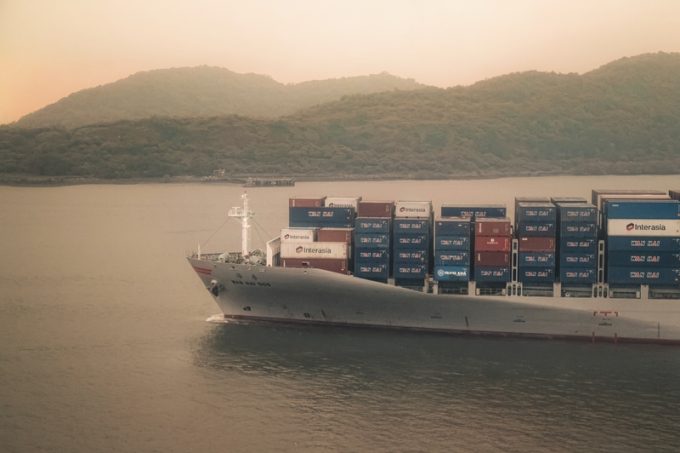US mega-airlines grow cargo volumes, but miss out on ecommerce boom
The three US mega-airlines – Delta, United and American – expanded their cargo traffic in ...
TFII: SOLID AS USUALMAERSK: WEAKENINGF: FALLING OFF A CLIFFAAPL: 'BOTTLENECK IN MAINLAND CHINA'AAPL: CHINA TRENDSDHL: GROWTH CAPEXR: ANOTHER SOLID DELIVERYMFT: HERE COMES THE FALLDSV: LOOK AT SCHENKER PERFORMANCEUPS: A WAVE OF DOWNGRADES DSV: BARGAIN BINKNX: EARNINGS OUTODFL: RISING AND FALLING AND THEN RISING
TFII: SOLID AS USUALMAERSK: WEAKENINGF: FALLING OFF A CLIFFAAPL: 'BOTTLENECK IN MAINLAND CHINA'AAPL: CHINA TRENDSDHL: GROWTH CAPEXR: ANOTHER SOLID DELIVERYMFT: HERE COMES THE FALLDSV: LOOK AT SCHENKER PERFORMANCEUPS: A WAVE OF DOWNGRADES DSV: BARGAIN BINKNX: EARNINGS OUTODFL: RISING AND FALLING AND THEN RISING

The traditional peak season has started early, before the usual July-October period, as shippers are booking slots now due to low availability of vessels and containers.
Speaking at a press conference after releasing its Q1 24 results, Wan Hai Lines GM Tommy Hsieh said: “The Red Sea crisis and challenges in navigating the Suez Canal, have lengthened sailing distances. This, coupled with higher volumes in the near term, has reduced idle capacity to just 190,000 teu, or 0.7% of the total fleet.”
Mr Hsieh also alluded to what he termed “the war for containers”, as the equipment shortage last seen during Covid-19 is recurring. It was reported previously that major container makers do not have any available slots until after August, but Mr Hsieh said that bookings have picked up since then.
He said: “After the shortage of ships, a war for containers has begun, and orders for new containers have increased significantly. Major container manufacturers are already full until November. This will support freight levels going into Q3.”
In Q1 24, Wan Hai’s revenue went up 8% year-on-year to $863.8m, while the Taiwanese operator achieved a net profit of $144.6m, reversing the net loss of $69.4m in Q1 23.
In Q1 24, seaborne container traffic grew 23% year-on-year, to 4.48m teu, showing that consumer demand is very strong.
Mr Hsieh said: “The supply of ships is thus very tight, and coupled with the Red Sea crisis affecting the supply chain, there is no short-term fix, as ships on the Asia-US East Coast, Asia-North Europe and Asia-Mediterranean are all moving round the Cape of Good Hope. Previously, a single Asia-Europe service required 12 ships to maintain regular sailings; now, 15 ships are needed.
“The situation has extended to other routes. In addition to the surge in freight rates on the four major routes, freight rates ex-Asia to Australia, New Zealand, West Africa, South Africa, South America and Southeast Asia have also been pushed up. Our Asia-South America services account for 15% of our revenue, and it’s so difficult to find a container.”
Listen to this clip of Brian Bourke, CCO for Seko Logistics, on tight shipping capacity
Comment on this article